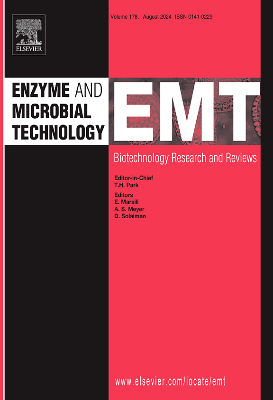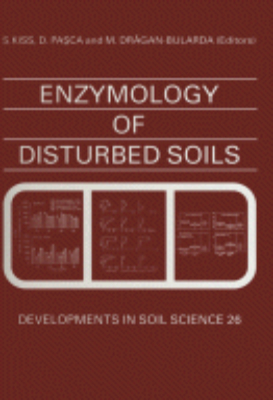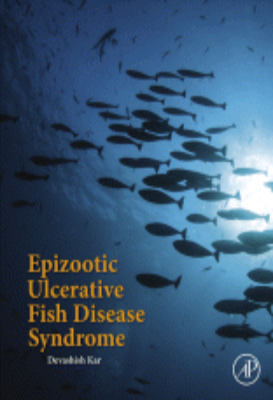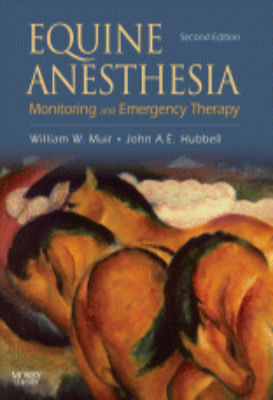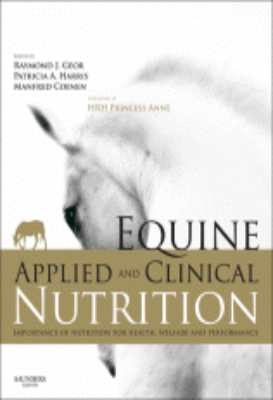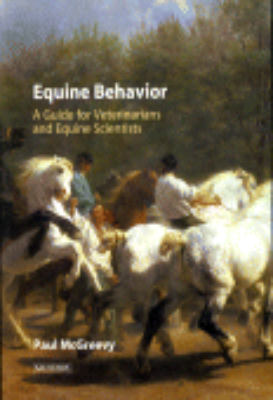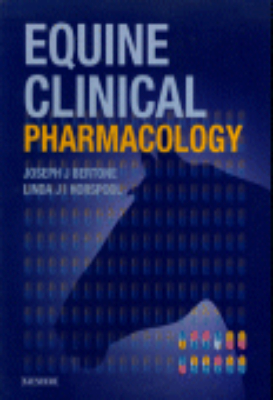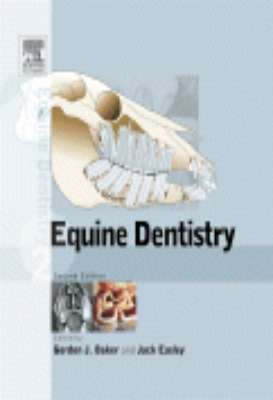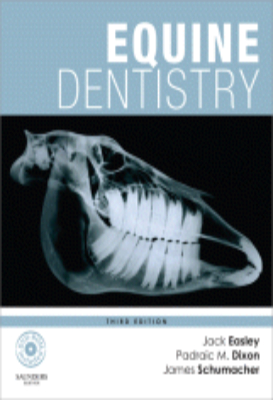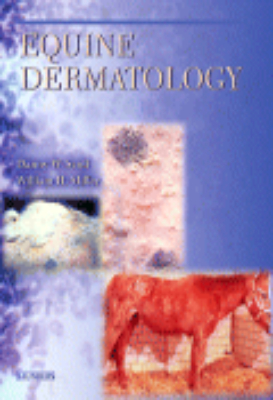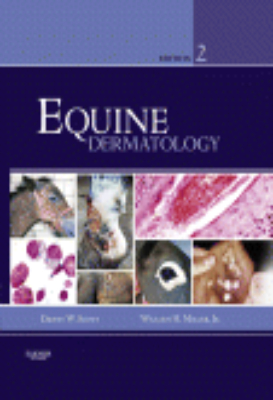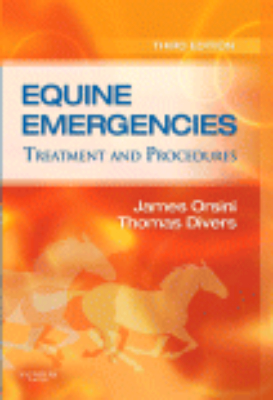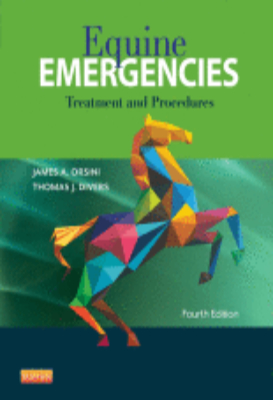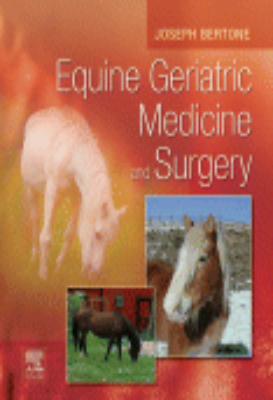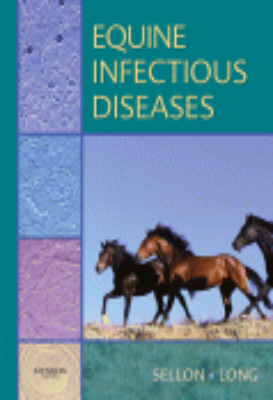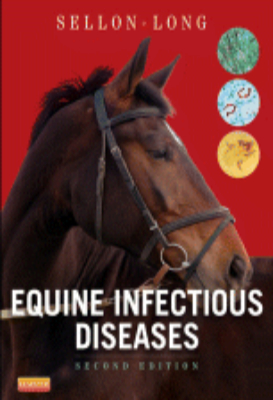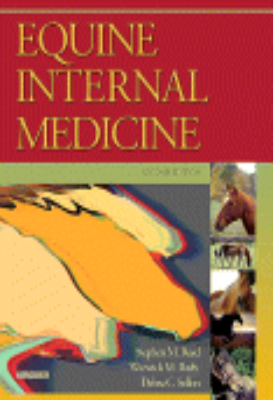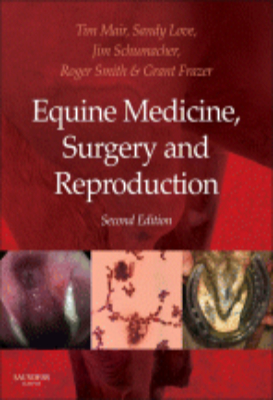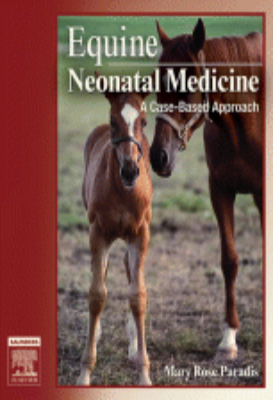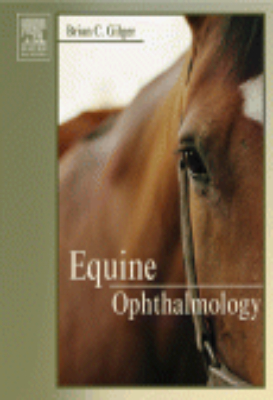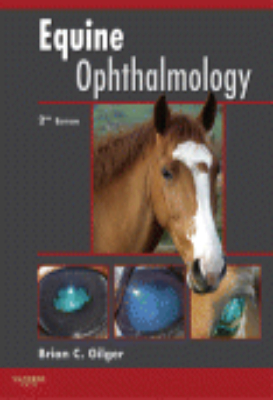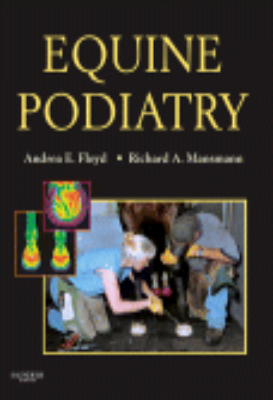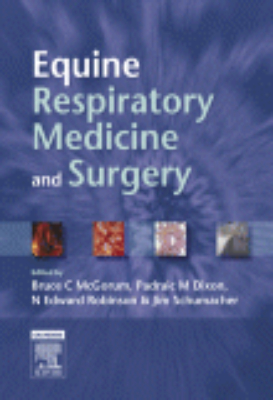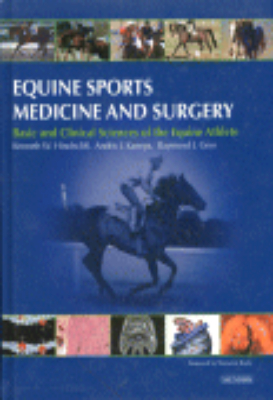E-Resources
Enzyme Catalysis and Regulation
Enzyme Catalysis and Regulation is an introduction to enzyme catalysis and regulation and covers topics ranging from protein structure and dynamics to steady-state enzyme kinetics, multienzyme complexes, and membrane-bound enzymes. Case studies of selected enzyme mechanisms are also presented. This book consists of 11 chapters and begins with a brief overview of enzyme structure, followed by a discussion on methods of probing enzyme structure such as X-ray crystallography and optical spectroscopy. Kinetic methods are then described, with emphasis on the general principles of steady-state and transient kinetics. The chemical principles involved in enzyme catalysis are also discussed, and case studies of a few well-documented enzymes are presented. The regulation of enzyme activity is analyzed from a nongenetic viewpoint, with particular reference to binding isotherms and models for allosterism. Two particular enzymes, aspartate transcarbamoylase and phosphofructokinase, are used as examples of well-studied regulatory enzymes. The last two chapters focus on multienzyme complexes and membrane-bound enzymes. This monograph is intended for graduate students, advanced undergraduates, and research workers in molecular biology and biochemistry.
Epigenetics and Dermatology
Epigenetics and Dermatology explores the role of epigenetics in the pathogenesis of autoimmune-related skin diseases and skin cancer. Leading contributors cover common and uncommon skin conditions in which extensive epigenetic research has been done. They explain how environmental exposures (chemicals, drugs, sunlight, diet, stress, smoking, infection, etc.) in all stages of life (from a fetus in-utero to an elderly person) may result in epigenetic changes that lead to development of some skin diseases in life. They also discuss the possibilities of new and emergent epigenetic treatments which are gradually being adopted in management of various skin diseases. Chapters follow a conventional structure, covering fundamental biology of the disease condition, etiology and pathogenesis, diagnosis, commonly available treatments, and epigenetic therapy where applicable.
Epigenetics in Human Disease
Epigenetics is one of the fastest growing fields of sciences, illuminating studies of human diseases by looking beyond genetic make-up and acknowledging that outside factors play a role in gene expression. The goal of this volume is to highlight those diseases or conditions for which we have advanced knowledge of epigenetic factors such as cancer, autoimmune disorders and aging as well as those that are yielding exciting breakthroughs in epigenetics such as diabetes, neurobiological disorders and cardiovascular disease. Where applicable, attempts are made to not only detail the role of epigenetics in the etiology, progression, diagnosis and prognosis of these diseases, but also novel epigenetic approaches to the treatment of these diseases. Chapters are also presented on human imprinting disorders, respiratory diseases, infectious diseases and gynecological and reproductive diseases. Since epigenetics plays a major role in the aging process, advances in the epigenetics of aging are highly relevant to many age-related human diseases. Therefore, this volume closes with chapters on aging epigenetics and breakthroughs that have been made to delay the aging process through epigenetic approaches. With its translational focus, this book will serve as valuable reference for both basic scientists and clinicians alike.
Epigenetics in Psychiatry
Epigenetics in Psychiatry covers all major areas of psychiatry in which extensive epigenetic research has been performed, fully encompassing a diverse and maturing field, including drug addiction, bipolar disorder, epidemiology, cognitive disorders, and the uses of putative epigenetic-based psychotropic drugs. Uniquely, each chapter correlates epigenetics with relevant advances across genomics, transcriptomics, and proteomics. The book acts as a catalyst for further research in this potentially very important and useful area of psychiatry. The elucidation of basic principles of epigenetic biology points to the creation of more optimal and effective therapies for major classes of psychiatric disease. In this regard, epigenetic therapy, the use of drugs to correct epigenetic defects, may help in the pharmacotherapy of patients with these disorders. With time, such advances may eventually point to replacements for psychotropic drugs presently of symptomatic value and low efficacy. Moreover, there is evidence to suggest that other forms of treatment commonly used in the management of psychiatric disorders, like psychotherapy and electroconvulsive therapy, may also act by epigenetic mechanisms.
Epizootic Ulcerative Fish Disease Syndrome
"Epizootic Ulcerative Fish Disease Syndrome covers both the background and current information on the EUS disease relevant to fisheries and aquaculture delivered in a systematic and succinct way. The book is an essential resource for the aquaculture and fisheries researcher interested in finding solutions to the spread of the disease across the globe and students in relevant programs, including an in-depth description and analysis of the disease, as well as the structure and composition of the virus, while offering prevention and control methodologies. Clinical veterinarians, aquaculture disease practitioners, farmers, and those who are interested in aquatic virology will find this book to be a useful guide on the topic. Key Features. Examines different manifestations of the disease, and includes different methodologies of studies, such as histopathological, histochemical, bacteriological, mycological, virological, and enzymological. Provides background information describing fish as a significant food source and avocation, the diversity of fishes in the globe, and the panorama of diseases fish can be exposed to. Describes all major species affected by EUS and its pattern of spread, along with suggested strategies for control and prevention"
Equine Anesthesia
All veterinary team members involved in the everyday care of horses that require anesthesia or special emergency care will benefit from this reliable and inclusive resource. This text provides all of the information needed to prepare, conduct, and monitor the administration of drugs in order to produce safe and effective anesthesia, treat pain, respond to adverse effects, and perform and monitor emergency and critical care treatment. It is the most comprehensive and detailed book available on these subjects, addressing the needs and concerns of practitioners in both hospital and field settings.
Equine Applied and Clinical Nutrition
Equine Applied and Clinical Nutrition is a landmark text that provides a comprehensive source of information on the nutrition and feeding management of horses. In this authoritative and accessible account, experts from around the world provide a global perspective while the editors tackle key controversial areas. Topics covered include the basic foundations of equine nutrition (digestive and metabolic physiology, nutrient functions and requirements), nutritional management by life stage or function, the assessment of feedstuffs and feeding programs, and clinical nutrition. Also included is discussion on feed hygiene and the role of manufacturers in feed quality and safety. The book contains abundant practical nutritional advice for the treatment of clinical conditions seen by veterinarians in their daily practice, together with the fundamental information needed to make recommendations for the nutritional management of healthy horses. Equine Applied and Clinical Nutrition provides the most substantial overview currently available of the nutritional management of key equine clinical conditions. It further presents the up-to-date scientific background needed to underpin recommendations. It will be of core relevance to equine veterinarians and nutritionists, and a valuable resource for undergraduate and graduate students, as well as lay horsemen and women who wish to be better informed about their horses nutritional needs.
Equine Behavior
Equine Behavior: A Guide for Veterinarians and Equine Scientists is the quintessential reference for all who really want to know what makes horses tick. Research in horse behavior has made great strides in recent years. This book examines the truth behind modern trends and ancient traditions. Full of insight, it rounds up the latest findings of practitioners and researchers from all over the world, drawing on both cutting-edge research and best practice. With more than 1,000 references, the book explores equine behavior from first principles, by considering the behavior of free-ranging horses and focusing on ways in which management and training influence the responses of their domestic counterparts. Equine physicians, trainers, handlers and owners all need to be students of equine behavior, because the first sign of a problem is often a change in behavior. So, whether you own, ride, lead, groom, feed or heal horses, what you observe is vital to your understanding. Behavioral problems in the stable and under saddle are a grave concern for equine veterinarians worldwide, because they can lead to poor performance, welfare issues, abuse and, ultimately, wastage. Traditionally, veterinarians gave priority to the physical health of their equine patients. This book is a unique attempt to demonstrate the way science can throw light on how and why problems and unwelcome behaviors arise. It also offers ways to bring about change for the better. Beautifully illustrated with photographs and line diagrams, Equine Behavior: A guide for veterinarians and equine scientists is an essential resource for practising veterinarians, students and enthusiasts with a specific interest in horses, ponies, and donkeys. Professional trainers and handlers, equine scientists and behavior therapists will also find its contents invaluable.
Equine Breeding Management and Artificial Insemination
Put the principles of good breeding management into practice with Equine Breeding Management and Artificial Insemination, 2nd Edition for reproductive success! Practical information on the reproductive management of both thoroughbred and warmblood breeding operations prepares you to effectively breed even problem mares and stallions. Plus, detailed content on techniques, procedures, reproductive physiology, and more help you increase reproductive efficiency as well as track and improve your results throughout each breeding season.
Equine Clinical Pharmacology
For the first time pharmacology is tackled as book in its own right. This multi-contributor text provides a complete source of information on drugs used in the horse. Each chapter covers a particular class of drugs or organ system, providing clinical information and discussing therapeutic strategies for managing disease conditions.The text is fully referenced and current prescribing practice for horses is backed up by scientific research published in the literature: for example, direct evidence from equine studies versus extrapolation from studies in other species is reviewed by the contributors. A formulary of generic drug names that includes dosages and routes of administration, with a special emphasis on products and dose rates approved for use in horses, is included at the end of the book.
Equine Dentistry: 2011
A compilation of a wide range of topics discussed by world-renowned experts in the field of equine dentistry. The new edition of this popular resource represents a total revision of previous content and provides the reader with state-of-the-art knowledge of the field. Comprehensive and definitive, Equine Dentistry third edition retains the successful approach of extensive illustration and step-by-step guidance through oral and dental procedures. In addition, it includes many new figures, expanded text sections in key areas and brings to the team two new editors of international repute. Many new contributions from international experts are combined in this text to promote not only the care of horses in regards to oral and dental health but also the education of veterinary professionals in this rapidly developing area.
Equine Dermatology: 2003
This new, comprehensive text covers skin diseases of the horse from essential basics to practical diagnostic methods, therapy, and specific abnormalities and defects. Well illustrated and expertly written by two of the leaders in equine dermatology, this focused presentation discusses all aspects of bacterial, allergic, and environmental skin disease. Relevant topics in a clinically useful format make this an ideal resource for all veterinarians, in addition to anyone specializing in equine medicine.
Equine Dermatology: 2011
Diagnose, treat, and manage equine skin disorders with the most comprehensive reference available! With 900 full-color photos, Equine Dermatology covers skin diseases ranging from those that merely annoy the horse to others that interfere with the horse's ability to function in riding, working, or show. Thorough coverage includes essential basics and practical diagnostic methods, therapies, and specific abnormalities and defects. The book describes the structure and function of the skin, and discusses disorders including bacterial, fungal, parasitic, viral, protozoal, allergic, immune-mediated, endocrine, metabolic, and nutritional diseases. It also covers congenital and hereditary defects, pigmentation abnormalities, keratinization defects, environmental skin diseases, and skin tumors. Written by renowned equine dermatologists Danny Scott and Bill Miller, this all-inclusive resource covers the latest dermatologic topics and the newest therapies.
Equine Emergencies: 2008
Respond quickly and confidently to emergency situations with the only text dedicated entirely to equine emergency treatment. The latest edition of this reliable manual is vastly expanded to encompass a wide range of new and evolving topics in horse care, with thorough, step-by-step procedures for the most effective emergency treatment. Portable for use in the clinic or in the field and presented for the first time in full color, it's your one-source guide for complete equine emergency support.
Equine Emergencies: 2014
Ideal for use in the clinic and in the field, Equine Emergencies: Treatment and Procedures, 4th Edition, offers practical step-by-step guidelines for effectively managing a wide range of emergency situations. Thoroughly updated content keeps you informed of the latest advances in horse care in a portable, convenient format.
Equine Exercise Physiology
Equine Exercise Physiology provides the most up-to-date, in-depth coverage of the basic sciences required for an understanding of the physiology of the equine athlete. This book provides a thorough grounding in the basic physiology of each body system and in particular the responses of each body system to exercise and training. It is the ideal resource for those interested in equine exercise physiology: undergraduate and post-graduate students in exercise science, comparative physiology, biology and veterinary science; veterinary students; horse trainers and owners of sport horses; journalists writing in equine specialty magazines; and interested lay persons.
Equine Geriatric Medicine and Surgery
Interest in equine geriatrics among veterinarians and researchers is on the rise as many horses remain active and rideable well into their twenties. However, as horses age, they develop certain condition that affect their overall health. Equine Geriatric Medicine and Surgery is a thorough and comprehensive text covering every aspect of veterinary management of the aging horse. The text covers many clinical topics like cardiology, dentistry, nutrition and more. Plus, there are a number of chapters devoted to the emotional challenges of caring the aging horse. Many of the conditions commonly associated with old age in the horse such as lameness, weight loss, or poor shedding actually might be treatable or preventable. Equine Geriatric Medicine and Surgery will help veterinarians manage their patients health, and the specially written laymans sections will help educate owners about preventive measures that can be taken to extend the life of their animals.
Equine Infectious Diseases: 2007
Ideal for both practitioners and students, this comprehensive resource covers the diagnosis, treatment, and prevention of infectious disease in horses. Organized by infectious agent virus, bacterial and rickettsial, protazoal, and fungal it includes complete coverage of the individual diseases caused by each type of agent. A section on clinical problems examines conditions such as ocular infections, CNS infections, and skin infections. It also addresses the importance of preventing and controlling infectious disease outbreaks with coverage of epidemiology, biosecurity, antimicrobial therapy, and recognizing foreign equine diseases.
Equine Infectious Diseases: 2014
Ideal for both practitioners and students, Equine Infectious Diseases, 2nd Edition covers the diagnosis, treatment, and prevention of infectious disease in horses. Organized by infectious agent viral, bacterial and rickettsial, protozoal, and fungal it includes complete coverage of the individual diseases caused by each type of agent. A section on clinical problems offers effective treatment for conditions such as ocular infections, CNS infections, and skin infections. Preventing and controlling infectious disease outbreaks is addressed with information on epidemiology, biosecurity, antimicrobial therapy, and recognizing foreign equine diseases.
Equine Internal Medicine
This is the only equine book on the market devoted solely to internal medicine. This problem-oriented book is organised into two primary sections. Part 1 is problem-based focusing on the mechanisms underlying disease and the principles underlying treatment. Part 2 is a body systems approach to common problems. Here individual diseases are discussed in terms of anatomy and physiology, pathophysiology, clinical signs, diagnosis, and treatment. There are special and timely chapters on critical care, diseases of foals, and epidemiology.
Equine Medicine Surgery and Reproduction
The new edition of this introductory-level textbook continues to offer a concise and approachable bridge between student lecture notes and more detailed clinical reference works. All aspects of equine medicine, surgery and reproduction are covered in a single, convenient volume. The second edition has been subject to an extensive revision, with each chapter updated and new chapters added to cover wound management, critical care, anaesthesia and sedation, and diagnostic imaging. While offering key information in an easily and quickly digested format for clinical veterinary students and practising veterinary surgeons, this second edition of Equine Medicine, Surgery and Reproduction will also be relevant to students undertaking equine science degrees, and to professional horse owners and trainers. The wide range of international contributors, highly experienced and all experts in their fields, ensures that the new edition of this popular all-in-one resource remains as indispensable as ever.
Equine Neonatal Medicine
Get expert insight into the latest life-saving techniques and procedures from leaders in equine neonatal medicine. This outstanding textbook and clinical reference takes a case-based approach to the basic pathophysiology, diagnosis, and treatment of disease in the newborn foal, along with neonatal pharmacology, nutrition, assessment, and high-risk pregnancies.
Equine Ophthalmology: 2005
This comprehensive text covers the diagnosis, treatment, and surgery of ocular disorders in horses. The content provides a complete guide to the diagnosis and treatment of equine ocular disorders. With contributions from 21 equine experts from all over the world, this resource is truly all-inclusive. Each chapter features multiple figures, diagrams, tables, and individual disease sections that are organized to assist readers who need a quick reference. The practical nature of the book makes it ideal for equine practitioners, veterinary students, ophthalmology residents, and veterinary ophthalmologists.
Equine Ophthalmology: 2011
With contributions from 18 of the world's leading equine experts, Equine Ophthalmology provides the comprehensive and authoritative coverage you need to diagnose, manage, and operate on ocular disorders in horses. Detailed illustrations facilitate the accurate identification of a wide range of ocular diseases, while up-to-date and easily accessible clinical information helps you decide on the best course of treatment.
Equine Podiatry
This comprehensive text not only covers basic principles of horseshoeing, but also focuses on medical and surgical foot care management. Starting with the anatomy and physiology of the equine foot, this one-of-a-kind book then evaluates the foot, its pathological conditions (including structural, developmental, and traumatic conditions in addition to laminitis), balancing and shoeing the healthy and diseased equine hoof, and ends with a chapter on new directions in equine podiatry, written by cutting-edge researchers in the field.
Equine Respiratory Medicine and Surgery
Equine Respiratory Medicine and Surgery provides the most up-to-date, in-depth coverage of the basic and clinical sciences required for management of respiratory disorders in the horse. The book provides a thorough grounding in respiratory physiology, examination techniques, and reviews each of the medical and surgical problems that may be encountered, organised anatomically and progressing in logical fashion from the upper airways, larynx and sinuses, through to the lower airways, the lungs and diaphragm. The text encompasses investigation and diagnosis of each of the common types of problem, including infections, allergy, trauma, cysts and tumours, and provides comprehensive guidance on both medical and surgical management.Key features include: High quality artwork, including relevant radiographic, ultrasonographic, CAT scan, and MRI images, to aid understanding and diagnosis/ integrated colour photographs throughout A truly international perspective A lucid, accessible pedagogic style to aid rapid reference The highly respected editors have brought together an internationally renowned team of contributors, producing the ultimate reference for veterinarians, students, and professional horse-owners.
Equine Sports Medicine and Surgery: 2004
Equine Sports Medicine and Surgery provides the most up-to-date, in-depth coverage of the basic and clinical sciences required for management of the equine athlete. The unique treatment of exercise physiology and training within a clinical context, together with detailed review of all diseases affecting athletic horses, makes this the most comprehensive text available.The book will provide a thorough grounding in the basic physiology of each body system, and in particular the responses of each body system to exercise and training, that will be separate, but highly relevant to, the succeeding sections on clinical disorders of each body system. The highly respected editors have brought together an internationally renowned team of 50 contributors, producing the ultimate reference for veterinarians, students, horse-owners, and all those involved in the world of equine athletics.

